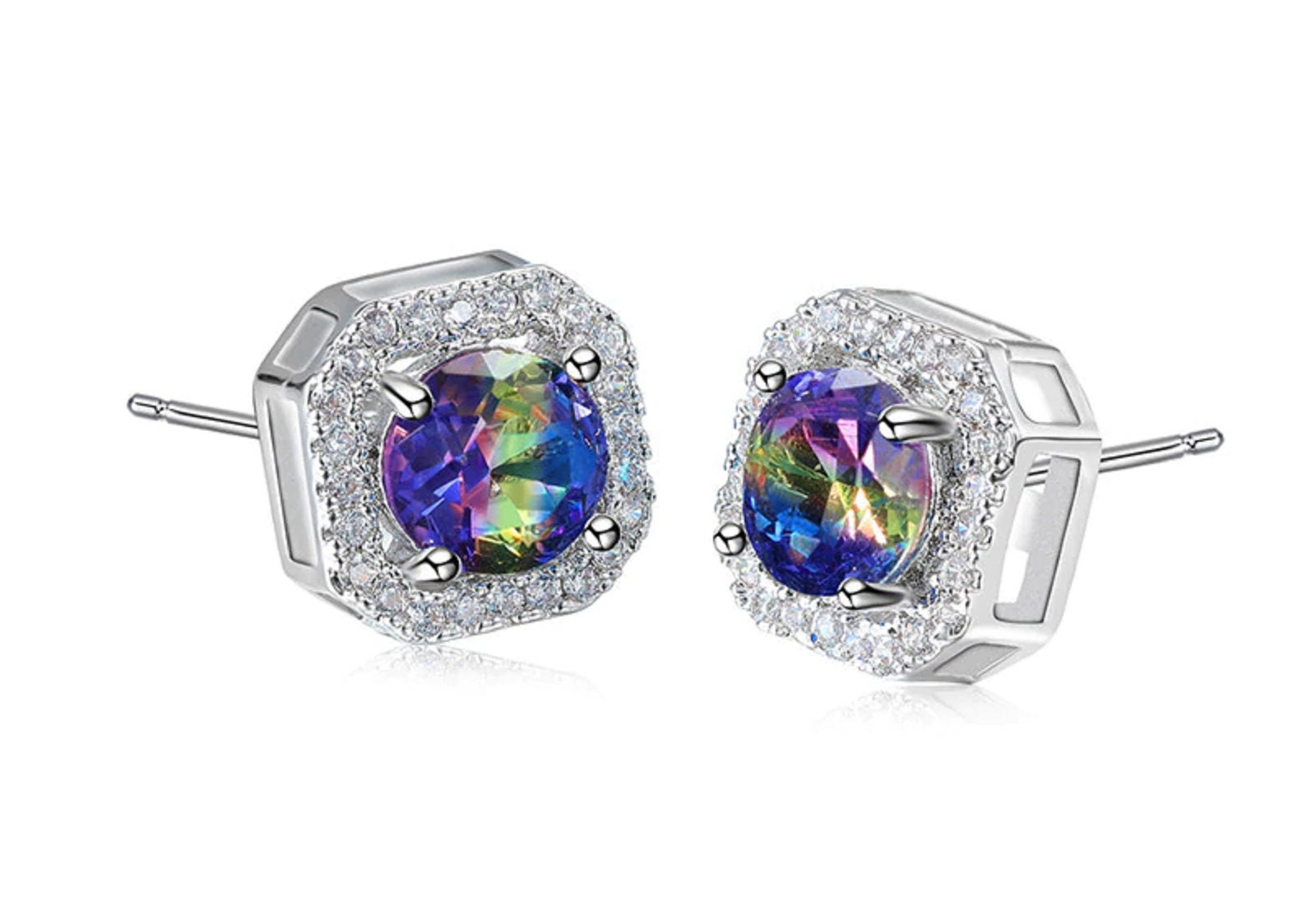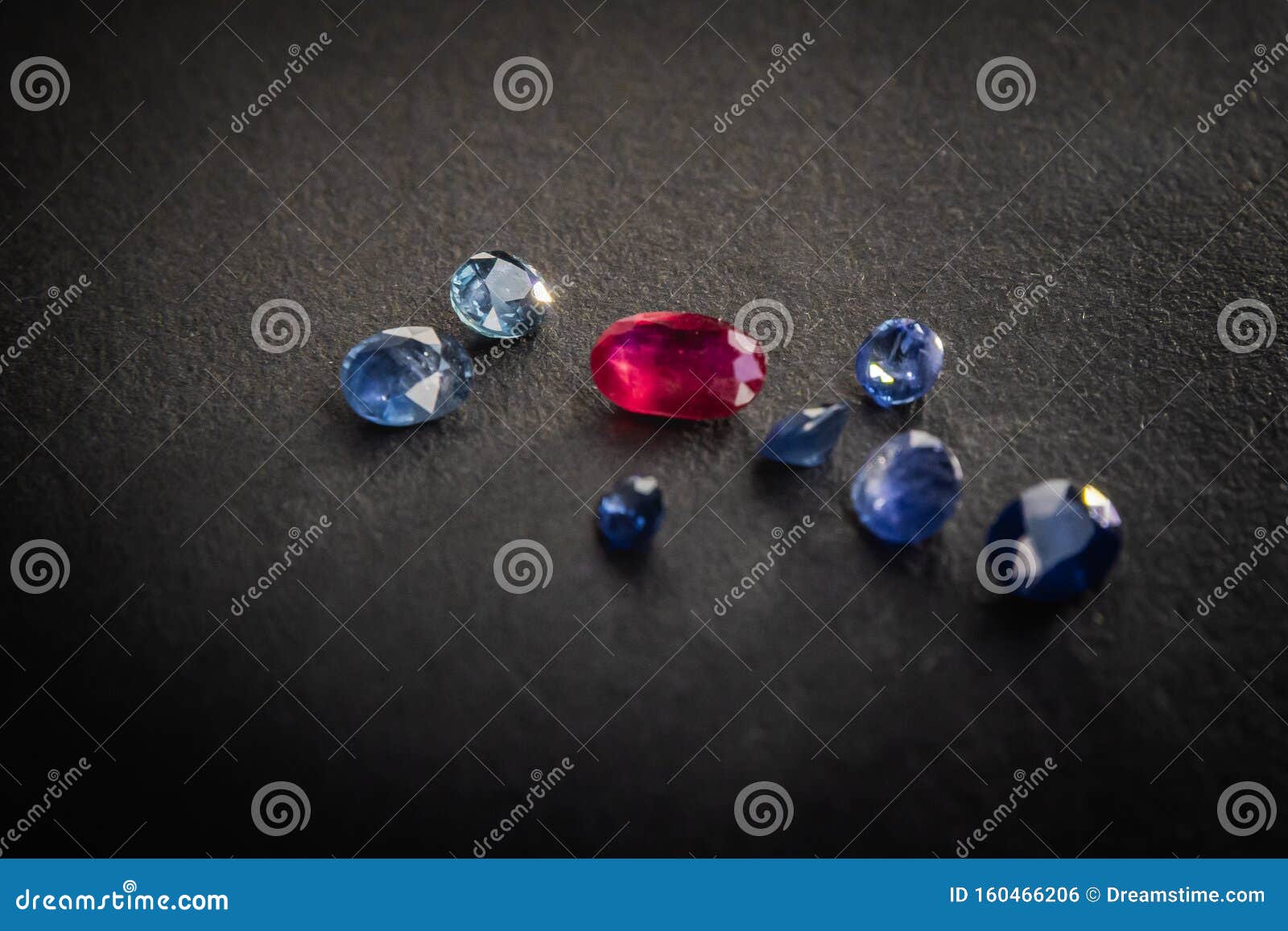

If the jewel is cut in a way that retains much of the stone’s original weight while enhancing its color, the ruby grows in value. Rubies have among the highest per carat value of colored gemstones, and fine quality rubies over one carat are rare.


Red or slightly purplish red rubies with strong saturation and medium or medium dark tones are highly sought out for their color. The value factors that go into grading a rubyinclude the four Cs of color, cut, carat and clarity. Unique rubies like these may be considered especially beautiful. Others are so admired for their color, carat or unusual clarity characteristics that they reside in museums or break records at auctions. In Sanskrit, the name of ruby translates to “king of gemstones.” Some forms of the jewel are more common than others, such as darker stone cut to small sizes. There are many factors that go into making an excellent ruby, sapphire and emerald, from their chemical formula to the 4Cs. At their finest, the big three are magnificent enough to be displayed in museums. These gemstones come in many qualities, sizes and designs, enough to fit anyone’s tastes and a range of budgets. Jewels like the Sunrise Ruby have made headlines for their record breaking auction sales. Big Three colored gemstone jewelry can be as in demand as some of the finest diamond pieces. Their place of prominence in the colored gemstone world is such that they are sometimes referred to as the Big Three. Rubies, sapphires and emeralds have been favorites for thousands of years, and continue to be admired. When one thinks of colored gemstones, three jewels come to mind first.


 0 kommentar(er)
0 kommentar(er)
